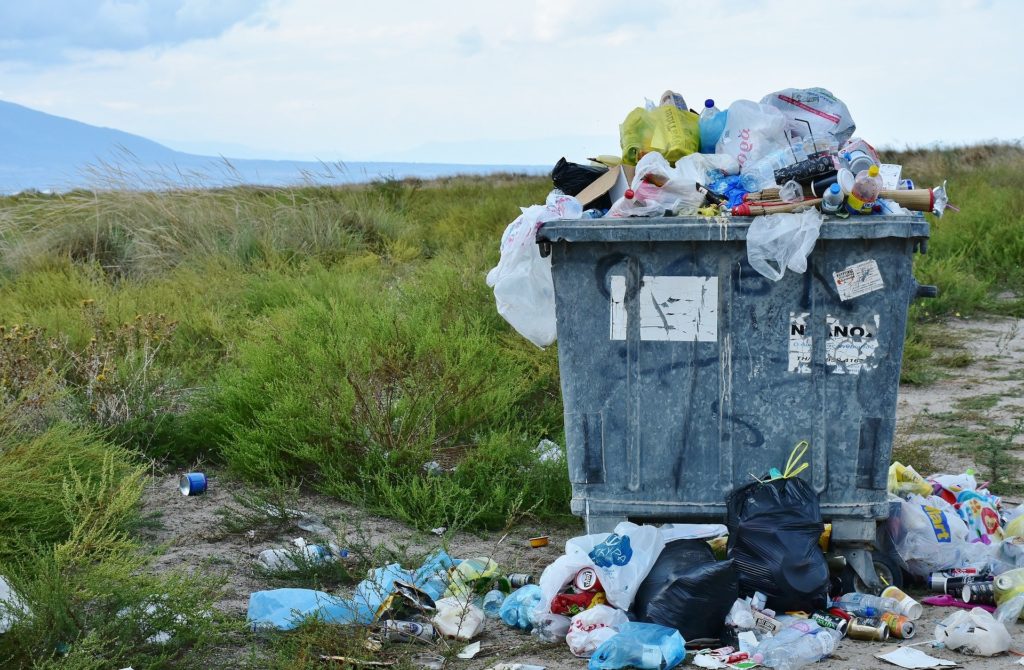Plastics have become such an integral part of our daily lives that it would be difficult to imagine life without them. However, despite our collective dependence on these versatile materials, not many actually know what plastics are.
Plastics, as we know and refer to them today, are a broad range of synthetic polymers which vary significantly in their functional properties and end uses. While the use of natural polymer “plastics” derived from rubber, horn, wax and resin has been going on for thousands of years, the development of synthetic polymers, which make up the many plastics that we are all familiar with today, did not begin until the 19th century. Even then, their large-scale production and adoption did not begin until the mid-20th century. However, since then, an incredible amount of scientific research has gone into developing new plastics to be used as cheaper, more-effective replacements for the majority of traditional materials.
Plastic production

As previously stated, plastics are materials made from polymers, whether natural or synthetic, but what does this actually mean? To begin, polymers are essentially chains of monomers, small molecules composed, in most cases, of carbon, hydrogen, oxygen and/or silicon atoms. These monomers are bonded together in a process called polymerization. Polymers can technically be made from any raw material containing carbon and hydrogen, however, the overwhelming majority of the monomers currently used to make plastics are derived from petrochemicals produced from non-renewable fossil fuels.
The physical properties of plastics depend on the combination of monomers used to make up the polymer. In general, there are two major categories of plastics: thermosets and thermoplastics. Thermosets are polymers that “set” irreversibly once heated, and are characterized by their durability and strength. Thermoplastics, on the other hand, are polymers with relatively weaker bonds that will soften and become malleable when heated and then return to their original condition at room temperature.
Plastic uses
Whether thermoset or thermoplastic, the addition of chemical substances to the polymer during the manufacturing process can impart desired functionalities and create hundreds of different varieties of plastic materials with different properties. Plastics also have a range of unique inherent properties: they can be used in a wide range of temperatures, they are chemical- and light-resistant and they can be molded into a variety of shapes. It is this incredible versatility in combination with their lower weight, durability and lower cost relative to other materials that makes plastics so ubiquitous in our lives. For example, thermosets are used in automobiles and construction applications, as well as in adhesives, inks and coatings, because of their relative strength and durability. Comparatively, thermoplastics are used in a much broader range of consumer and industrial products, such as food containers, floor coverings, synthetic fibers in woven and non-woven textile products and many more, because of their ability to be easily shaped and molded. At this point, it would be easier to list applications in which plastics are not used, rather than those in which they are.
End-of-life management
That plastics dominate all aspects of our lives is not exactly that surprising to the modern consumer. It is more surprising to consider the distribution of plastic use, in light of the material’s inherent durability and usefulness. Nearly half of all plastics end up in single-use disposable applications, while only roughly a quarter are used for long-term infrastructure purposes, and the remaining quarter are used in intermediate lifespan products.

Unfortunately, the same properties that make plastics a boon to the modern economy also make them a bane to the natural environment. Plastics are so relatively inexpensive that individuals can easily afford to use large quantities of them only a few times before discarding them without consideration of the consequences. Simultaneously, the inherent durability and resistance to chemicals, light and environmental degradation which makes them so useful for a range of applications has also led to their accumulation and near-permanent contamination of the natural environment. Although none of the mass-produced plastics are biodegradable in any meaningful timeframe, they are weakened by sunlight and other environmental factors which ultimately cause their fragmentation into microplastics. A significant portion of microplastic contamination also results from the accidental shedding of synthetic fibers from clothing and other textile products through normal use and washing. Unlike other plastic waste which may take years or decades to fragment into microplastic particles, synthetic fibers are manufactured to be so small that they can be categorized as microplastic pollution as soon as they enter the environment. It is these facts which spawn the necessity for research projects like our own, to study the potentially catastrophic effects of microplastic contamination on the environment.
While such environmental contamination is directly relevant to our present interests, it is also important to be aware of the dominant modes of end-of-life management for plastics. For the majority of plastics that do not end up as environmental pollution, there are three traditional methods of end-of-life management: landfill, incineration, and recycling. The virtues and vices of each of these methods could be discussed extensively, however, for present purposes it seems sufficient to point out that of the 6300 Megatons of plastic waste generated in 2015 alone, 79% accumulated in either the landfill or the natural environment, while only 9% and 12% were recycled or incinerated, respectively.
Considering the sheer quantity of plastics that has already accumulated as environmental contamination, and the incredible quantity of plastics which are destined to share their fate, it is vital, at the very least, to have a general understanding of what plastics are. Understanding what plastics are, cannot be achieved without considering the history of their use, how they are produced, how they are used and how their disposal and repurposing is managed. Because of the limited format of this medium, we urge you to continue learning about the issues surrounding our research project, including why marine plastics are a problem, and what you can do to help.
